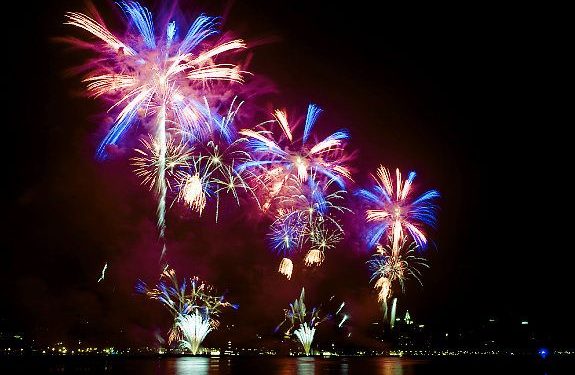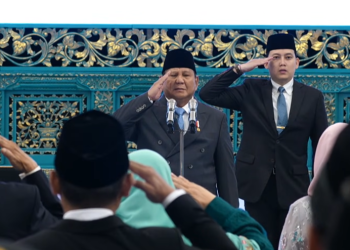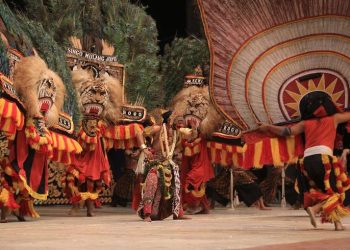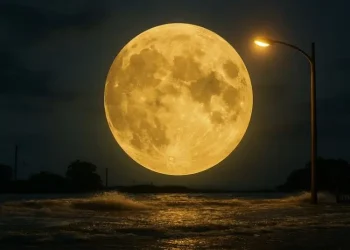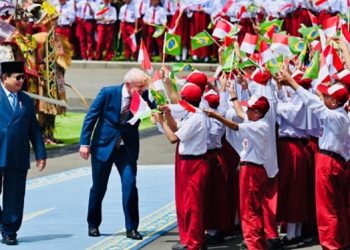Jakarta, Indonesia Sentinel — New Year’s celebrations around the world are often marked by dazzling fireworks displays. As the clock inches closer to midnight on December 31st, vibrant lights illuminate the skies, symbolizing the transition into January 1st. These pyrotechnic displays are typically held in large, open spaces, allowing thousands to witness and partake in the festive spectacle.
The tradition of celebrating the New Year on January 1st dates back to ancient Rome. The Romans dedicated the first day of the year to Janus, the god of beginnings and transitions. With two faces—one looking forward and the other looking back—Janus symbolized reflection on the past year and anticipation for the year ahead.
Nowadays, New Year were celebrated with fireworks almost everywhere in the world. Although fireworks seem relatively new, historically, they have been around for a long time.
The History of Fireworks
According to Kompas, Fireworks have their origins in ancient China during the Han Dynasty (circa 202 BCE). Initially, bamboo stalks were heated to create loud popping sounds, believed to ward off evil spirits. The discovery of gunpowder during the Tang Dynasty (618–907 CE) revolutionized pyrotechnics, leading to the creation of early firecrackers. By the Song Dynasty (960–1279 CE), fireworks evolved into vibrant displays resembling those seen today.
According to China Highlights, fireworks were deeply rooted in folklore, including the legend of Nian, a mythical monster that terrorized villages on New Year’s Eve. Loud noises and bright flashes from burning bamboo were believed to scare the creature away.
The ancient Chinese believe that by releasing these fireworks could ward off evil spirits. Therefore during this time, firework have become a popular way for Chinese to mark special occasions such as New Year celebrations. This tradition eventually spread to Europe, and beyond.
Fireworks gained popularity in Europe by the 13th century and becoming a prominent feature in celebrations by the 17th century. Historians believe fireworks gradually transitioned from being used in various festivities to becoming a central tradition in New Year’s Eve celebrations.
Read Also: What Are the Suku Mante?
According to ABC News, while the exact origins of fireworks as a New Year’s tradition remain unclear, historians suggest their enduring appeal stems from humanity’s desire to mark significant moments with grandeur and spectacle. Fireworks create a sensory experience, blending sound, light, and emotion, offering a collective sense of awe and celebration.
In many cultures, the dazzling displays serve as both a farewell to the old year and a vibrant welcome to the new. Therefore, this enduring tradition continues to unite people across the globe every New Year’s Eve.
(Radii/Agung)


